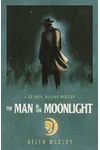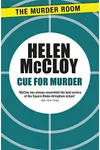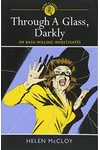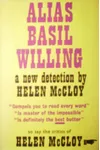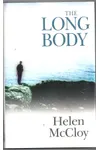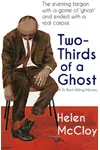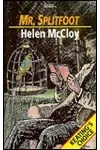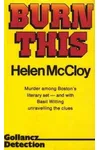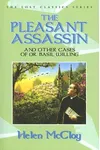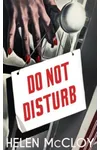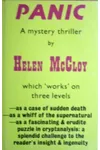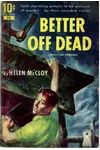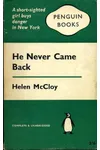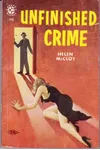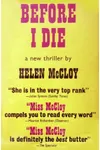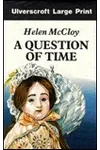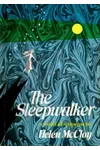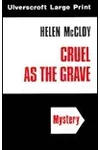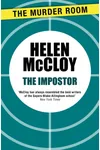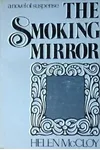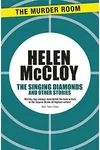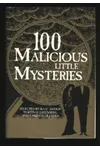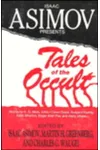Picture a New York-born storyteller who spun mysteries that kept readers guessing until the final page—meet Helen McCloy! Born in 1904, McCloy was a trailblazing American mystery novelist whose psychiatrist-sleuth Dr. Basil Willing brought psychology and suspense to the Golden Age of detective fiction. With a knack for blending doppelgänger twists and chilling puzzles, she became a literary force, earning accolades and a lasting legacy in crime fiction.
From her groundbreaking novels to her historic role as the first woman president of the Mystery Writers of America, McCloy’s life was as fascinating as her stories. Let’s dive into the world of this mystery maven!
The Making of Helen McCloy
Helen McCloy was born on June 6, 1904, in New York City to a literary family. Her mother, Helen Worrell McCloy, was a writer, and her father, William McCloy, served as managing editor of the New York Evening Sun. Young Helen’s love for mysteries sparked early, fueled by Sherlock Holmes tales. Educated at the Brooklyn Friends School and later at the Sorbonne in Paris, she honed her sharp intellect. By her teens, she was publishing essays and poetry, and her time in Europe as a journalist for Universal News Service sharpened her storytelling skills. Returning to the U.S. in the 1930s, McCloy began crafting mysteries, debuting with Dance of Death in 1938.
Helen McCloy’s Unforgettable Stories
McCloy’s novels stood out for their psychological depth and clever twists, often featuring her iconic detective, Dr. Basil Willing, who believed every criminal left 'psychic fingerprints.' Her debut, Dance of Death (1938), introduced Willing as he unraveled the bizarre case of a woman’s burning body found in a snowbank. The novel’s blend of forensic psychiatry and suspense set the tone for her career.
Her masterpiece, Through a Glass, Darkly (1950), is a chilling doppelgänger tale that critics, including Pamela Hansford Johnson, praised for its eerie suspense. Compared to John Dickson Carr, it explored the paranormal with a rational twist. The Impostor (1977) showcased McCloy’s knack for psychological intrigue, following a woman questioning her reality after a car crash. Mr. Splitfoot (1968), a haunted-house mystery, earned a spot on H.R.F. Keating’s list of the 100 best crime novels. McCloy’s style—witty, cerebral, and laced with social commentary—made her a standout in the genre.
Beyond her 13 Willing novels and numerous short stories, McCloy wrote standalone works like Panic (1944), known for its complex cryptogram, and even dabbled in science fiction under the pseudonym Helen Clarkson with The Last Day (1959). Her ability to weave psychology, science, and suspense kept readers hooked.
Why Helen McCloy Matters
Helen McCloy’s impact on mystery fiction is undeniable. As the first woman president of the Mystery Writers of America in 1950, she broke barriers and championed the genre. Her 1954 Edgar Award for criticism and 1990 Grand Master title cemented her influence. McCloy’s innovative use of psychology in detective fiction paved the way for modern thrillers, inspiring characters like Clarice Starling. The Helen McCloy/MWA Scholarship continues to nurture aspiring mystery writers, ensuring her legacy endures.
Her stories, rich with intellectual puzzles and human insight, remain timeless, offering readers a glimpse into the complexities of the mind and society. McCloy’s work reminds us that a great mystery isn’t just about solving a crime—it’s about understanding what drives us.
- Born: June 6, 1904, New York City
- Key Works: Dance of Death, Through a Glass, Darkly, The Impostor, Mr. Splitfoot
- Awards: Edgar Award (1954), MWA Grand Master (1990)
- Died: December 1, 1994, Boston
Snag Through a Glass, Darkly and dive into Helen McCloy’s thrilling world of psychological suspense!

